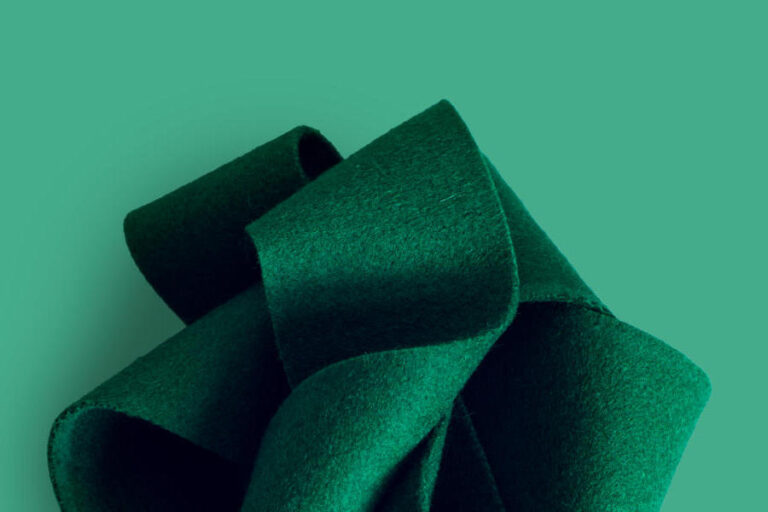We’re often asked about baize “how is it made?” Like other textiles it is woven, what makes it different is that it is a fabric made of wool
It Starts With the Wool
The old adage “you can’t make a silk purse out of a sow’s ear” is true for making baize as it is for making anything. The baize we sell, starts by selecting the best wool from Britain, Australia and New Zealand. Because the sheep in these countries experience different climates, the fleeces therefore have different properties and characteristics. This requires the careful and expert blending of the fibres. Ensuring the best characteristics are carried over into the final fabric.
Special Blending
The fibres of the raw wool are opened during the blending phase. This allows for the removal of loose dirt and contaminants. Following this the fibres recieve light lubrication, to prevent damage during the following the stages.
Carding
The carding process, take the newly blended fibres through a process of disentanglement, cleaning and intimate mixing to produce a continuous web or sliver suitable for further processing. In times gone by, carding was done using teasels, in particular a Fuller’s teasel, which has just the right shaped head for the job.
In today’s modern production lines, carding machines don’t just align the fibres, but also, layer the slivers, cut and roll them to the thickness of a pencil, ready for spinning.
Spinning a Yarn
Spinning is self-explanatory. This takes the pencil-thick, woolen slubbings or rovings, and stretches and twists them in to a fine yarn. This is a worsted yarn, characterised by its straight, parallel fibres.
The Warp and Weft
Once the yarn is spun, the warp of the fabric is then prepared. This is a meticulous process, requiring the arrangement of the yarn threads in long parallel lengths of equal tension, onto a beam in preparation for weaving. The art of weaving comes from how the warp and weft are combined. It is the weft that adds variety and character to the final cloth, depending on the type of weave pattern used.
Dying For Colour
Counterintuitively, the dying processes happen after the fabric is made. This is so the fabrics get an even colour distribution. Because wool is a natural product, colour can vary substantially, as dye take-up is dependent on the porosity of the fibre. Dying the woven fabric lessens this variation.
On Tenterhooks
This well-known saying comes from the drying process of baize. Traditionally done outside on wooden frames, tentering is the process of drying fabric under tension. This prevents shrinkage and maintains the shape of the fabric.
Finishing
Once the fabric is dried, it is then finished. This is where the final face of the fabric is given. Historically the nap was once cut using a bladed reel. Which in fact inspired the invention of the lawnmower in 1830 by Edwin Beard Budding.
Questions About How Baize is Made
If you have any further questions about baize, please feel free to contact us, we’re always happy to help. You can also read our guide on the differences between baize and felt and what to look out for when you’re buying.
 GENUINE BRITISH MADE FABRIC | Worldwide Shipping |
GENUINE BRITISH MADE FABRIC | Worldwide Shipping | 


